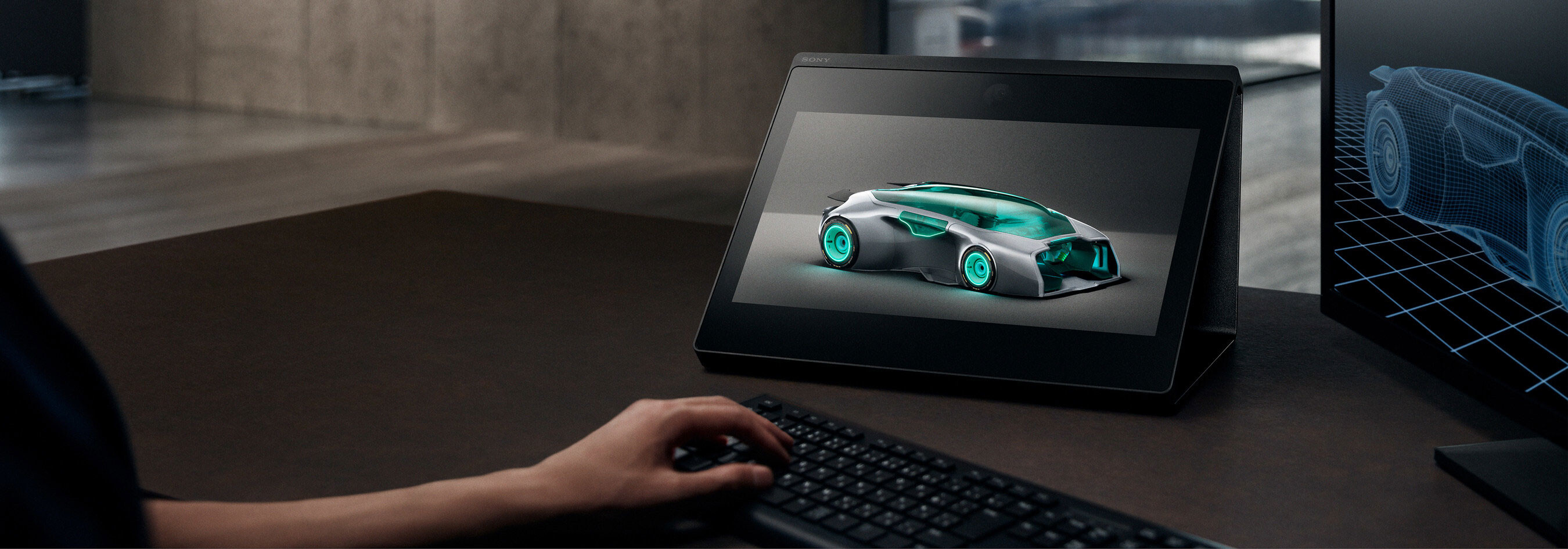In the ever-evolving landscape of technology, the term “state of the art” has taken on a new meaning. It no longer merely implies the current highest level of development in a particular field but rather a dynamic and continuously shifting frontier where innovation knows no bounds. Today, the state of the art tech is synonymous with pushing boundaries and defining the future. It encapsulates groundbreaking advancements in artificial intelligence, quantum computing, biotechnology, and beyond.
Artificial Intelligence (AI): Defining Intelligence in Machines
Artificial Intelligence, often abbreviated as AI, stands at the forefront of the state of the art tech revolution. It represents the development of computer systems that can perform tasks typically requiring human intelligence. Machine learning, a subset of AI, enables systems to learn and improve from experience without explicit programming. From voice assistants like Siri and Alexa to advanced facial recognition systems, AI is deeply integrated into our daily lives, shaping how we interact with technology.
One of the most significant strides in AI is the advent of deep learning algorithms. These algorithms, inspired by the human brain’s neural networks, enable machines to recognize patterns, process complex data, and make decisions. Deep learning has fueled advancements in natural language processing, enabling chatbots and language translation services to become remarkably accurate.
Moreover, AI is revolutionizing industries such as healthcare, where predictive analytics are used to diagnose diseases at an early stage, and in finance, where algorithms analyze vast datasets to predict market trends. The integration of AI into autonomous vehicles is reshaping the future of transportation, promising safer roads and efficient commuting.
Quantum Computing: Redefining the Limits of Computation
Quantum computing represents a paradigm shift in computational power. Unlike classical computers that rely on binary bits (0s and 1s), quantum computers use quantum bits or qubits, which can exist in multiple states simultaneously due to the principles of superposition and entanglement. This unique property enables quantum computers to process vast amounts of information exponentially faster than classical computers.
The potential applications of quantum computing are vast and transformative. From optimizing supply chains and solving complex mathematical equations to simulating molecular structures for drug discovery, quantum computing holds the promise to revolutionize various fields. It is poised to disrupt encryption methods, driving the development of quantum-resistant cryptographic techniques.
Biotechnology: Engineering Life for a Healthier Future
In the realm of biotechnology, scientists are pushing the boundaries of what is possible. Gene editing technologies like CRISPR-Cas9 have unlocked the ability to modify genes with unprecedented precision. This breakthrough has immense implications for treating genetic disorders and diseases. Researchers are exploring gene therapies that could potentially cure hereditary conditions, offering hope to millions of people worldwide.
Biotechnology is also advancing the field of personalized medicine. Tailoring medical treatments to an individual’s genetic makeup allows for more effective and targeted therapies. Cancer treatments, for instance, can be customized based on the specific genetic mutations driving the disease, leading to higher success rates and fewer side effects.
Moreover, biotechnology intersects with the field of synthetic biology, where scientists engineer biological systems to create new functions not found in nature. This innovative approach has led to the development of biofuels, biodegradable materials, and even bioengineered organs for transplantation. The ability to design and engineer biological entities opens the door to sustainable solutions for pressing global challenges.

